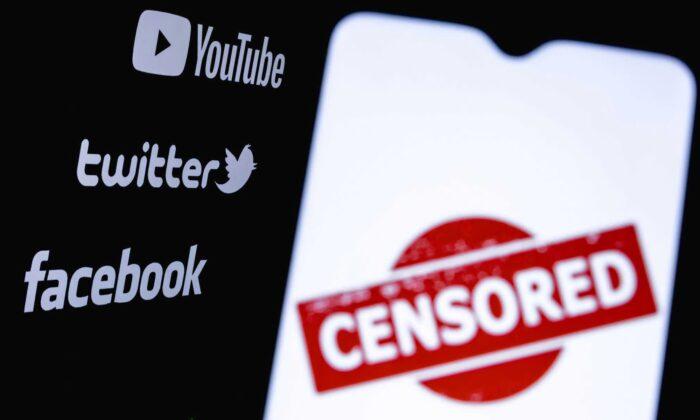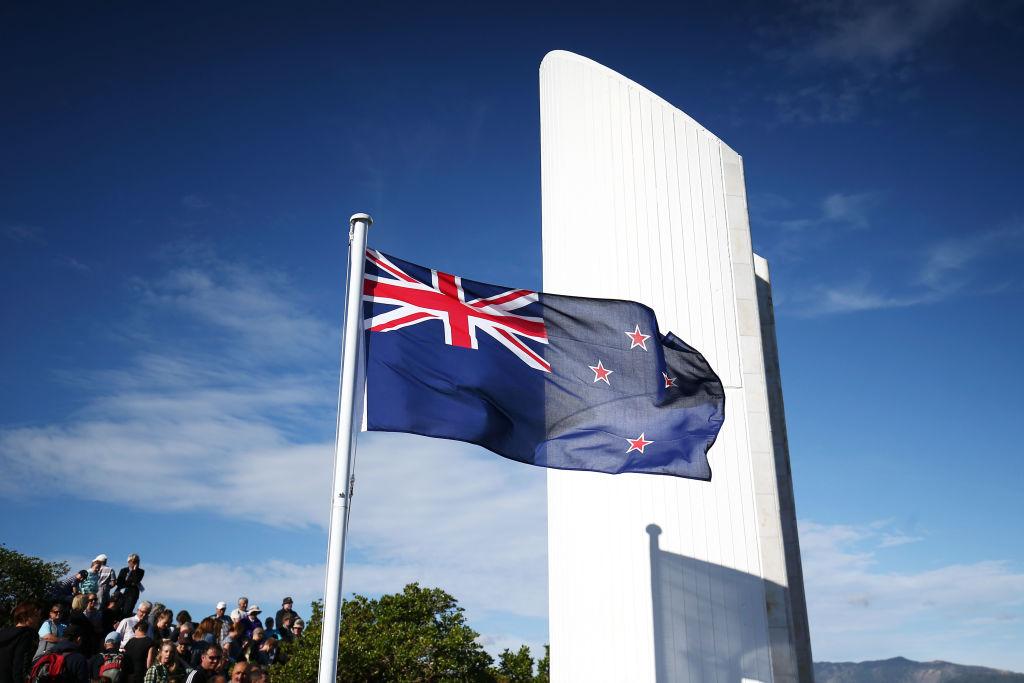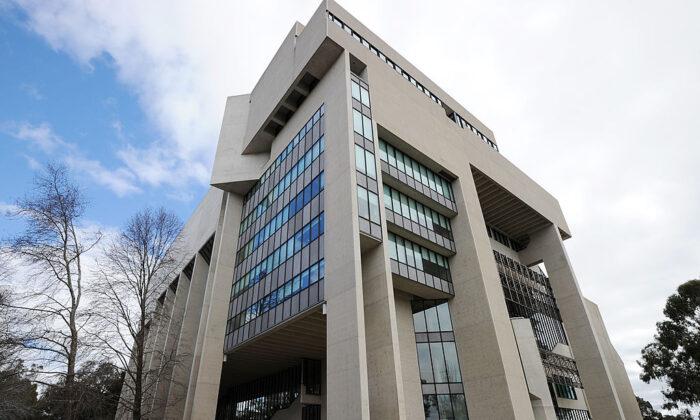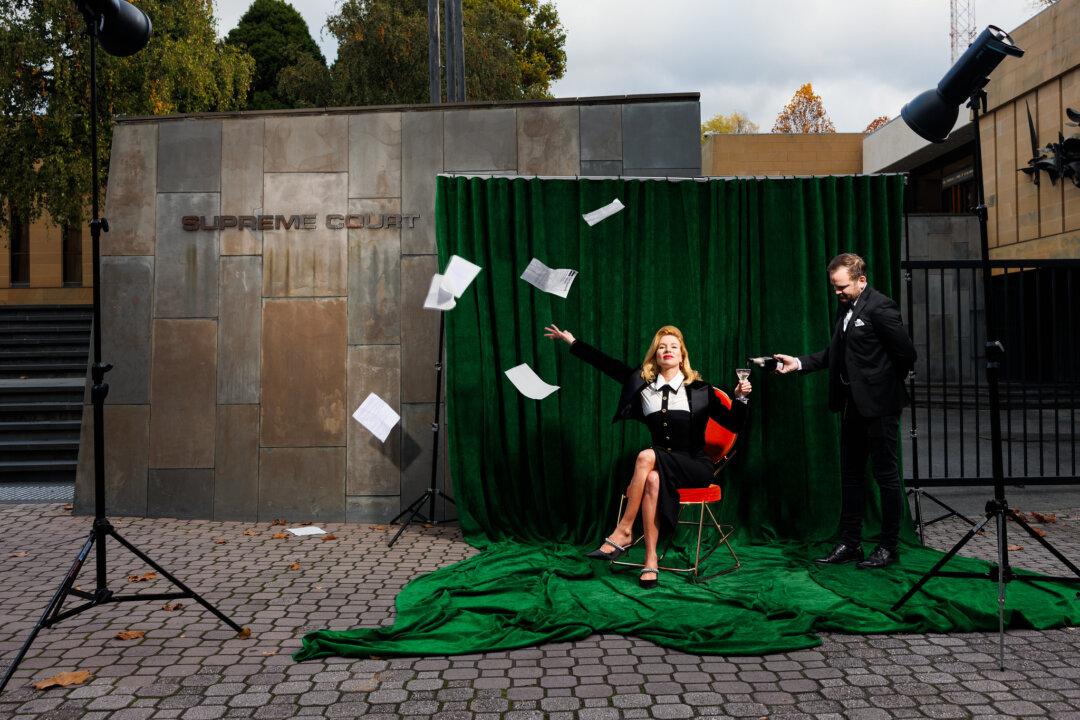They include an interim injunction, and a further injunction to prohibit the social media platform, from showing videos of a Sydney terror attack anywhere in the world.
Although the case is due to come before the court again on May 10, the injunction represents a significant win for the commissioner in that the Federal Court accepted—at least for the moment—that she has extra-territorial jurisdiction.
That is, her judgement on what people should be prevented from seeing, could be imposed on internet users worldwide.
The eventual case promises to write new precedents for several aspects of Australian law, including what limitations exist on the eSafety commissioner’s powers.
Mr. Musk reportedly seeks to hire top Sydney barrister Bret Walker SC, to represent X. Corp.
Mr. Walker has appeared in many high-profile cases including former NSW Premier Gladys Berejiklian’s appeal against an adverse ICAC finding, and the Ben Roberts-Smith defamation appeal.
Mr. Musk and X Corp. say they don’t dispute the commissioner’s jurisdiction over what gets shown to Australians, but argue she has no power to demand they do not show content to viewers in other countries.
How Much Power Does the eSafety Office Have?
The commissioner gains her power from the federal Online Safety Act 2021 (though the role was created by 2015 legislation under the Abbott Coalition government).The clause granting those powers is exceptionally broad, authorising them to “do all things necessary or convenient to be done for or in connection with the performance of the commissioner’s functions.”
Those functions, however—there are 19 of them—all start with words like “advise,” “promote,” “consult,” and “encourage.”
They are permitted to “support and encourage the implementation of measures to improve online safety for Australians” and to “advise and assist persons in relation to their obligations under this Act” but none of the functions specifically reference punishing social media companies, other than two boilerplate catch-all “such other functions as are necessary” subclauses.

The Act establishes an “Online Content Scheme,” and sets out what may be considered as objectionable material.
Although, like any legislative attempt to write black letter law defining subjective human response, it is necessarily non-specific and leaves the judgement to the commissioner.
A Division of the Act empowers the commissioner to issue both “blocking requests” and “blocking notices” for objectionable material, and the Act notes that, “The Commissioner is not required to observe any requirements of procedural fairness in relation to the giving of the blocking notice.”
Another allows for the issue of “removal notices” to social media and internet hosting companies.
A “500 penalty unit” fine is set for contravention of the commissioner’s notices. Currently, a penalty unit is $313 (US$205).
What if X Does Not Comply?
If the Federal Court finds the commissioner has the power to restrict social media content overseas, viewing the material is still as simple as using a virtual private network, says University of Sydney senior researcher Rob Nicholls.“Virtual private networks can often be used to get around blocks put in place to limit access,” he told the Epoch Times.
Mr. Nicholls said some VPNs could be blocked by internet service providers who comply with a notice from the eSafety commissioner, while others could be missed altogether.
“The way that the [Australian] legislation works means that it is only the very largest of social media platforms that will need to respond to a removal notice under the Online Safety Act. Similarly, it is only the very largest of ISPs that will need to respond to a blocking notice under the Act,” he added.






